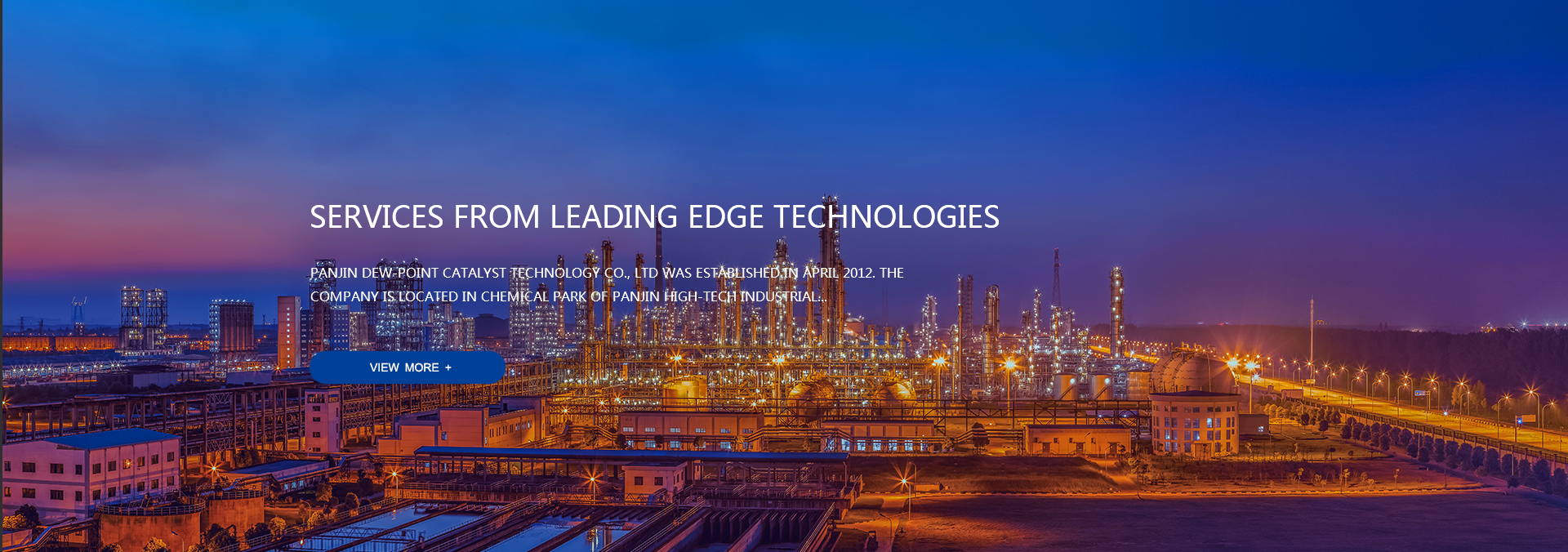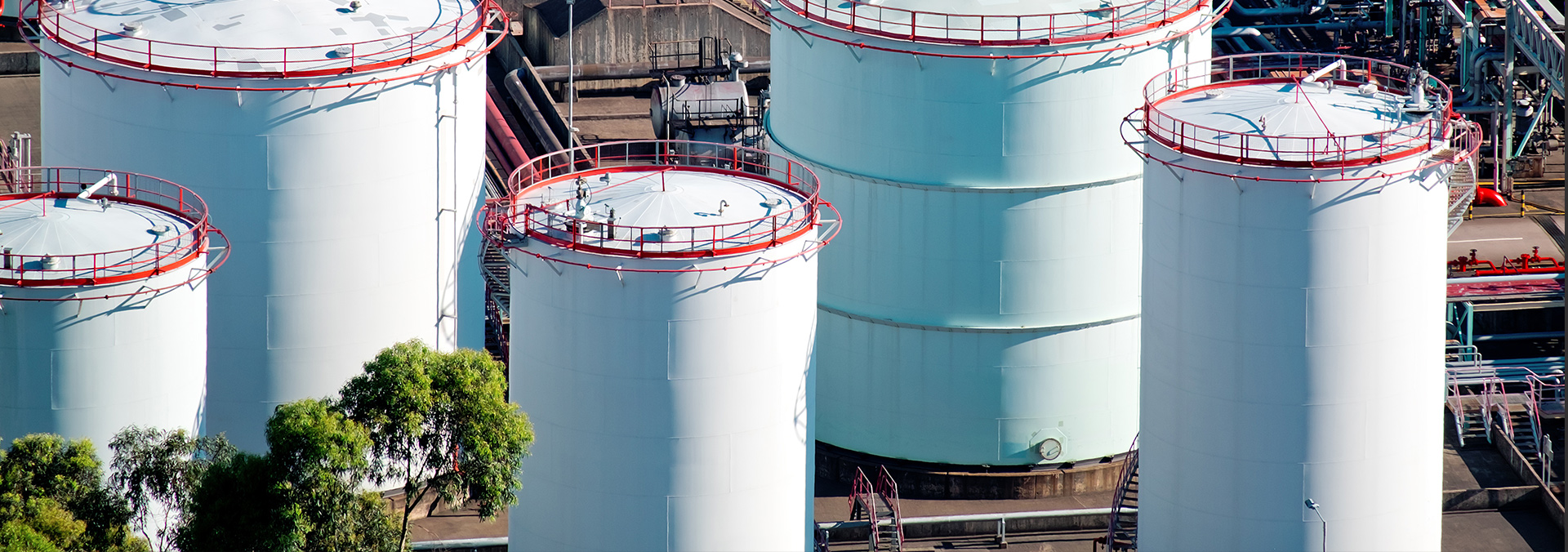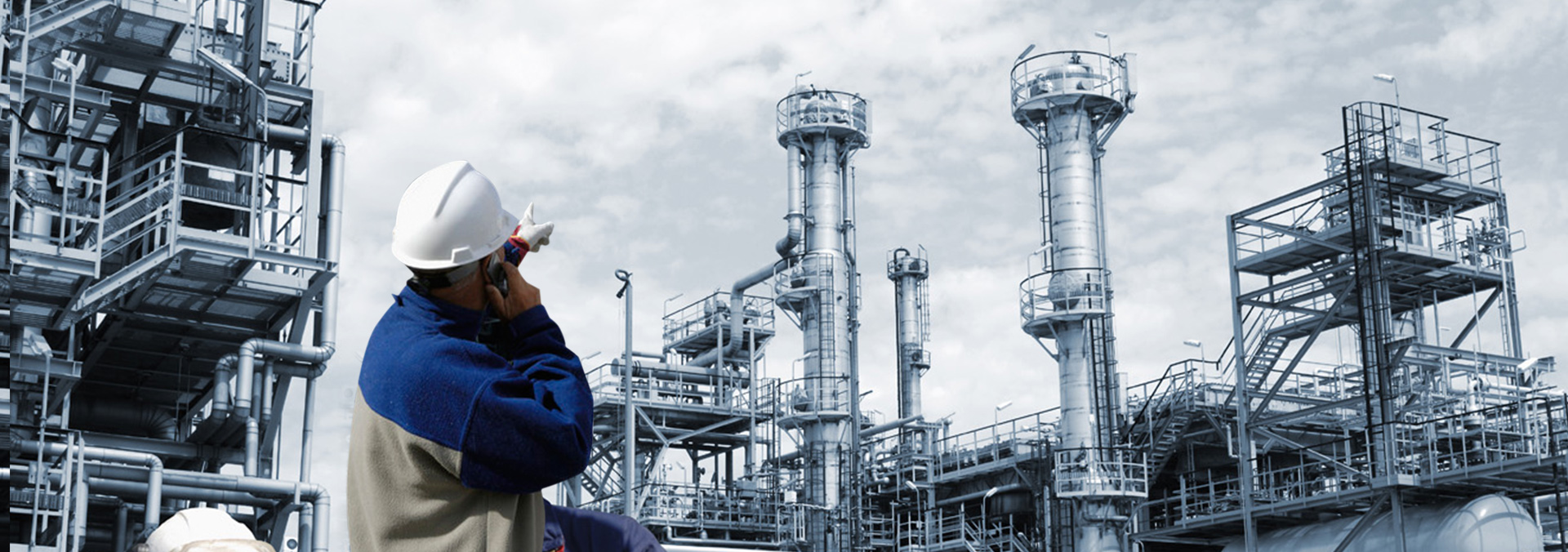Name:Panjin dew-point catalyst technologise co.,ltd.
Add:Chemical Industrial park, high-tech Zone, Panjin City, Liaoning Province, China
Tel:+86 427 659 4508
Fax:+86 0427-6594500
E-mail:service@dpcatalyst.com
power poles Panjin dew-point catalyst technologise co.,ltd. all rights
Hotline
0427-6594508
Introduction to Hydrogenation Catalyst Classification and Features
In order to make the hydrogenation reaction have a sufficiently fast reaction rate and high selectivity, Hydrogenation Catalyst must generally be used. The catalysts used in the hydrogenation reaction are mainly the eighth group transition metal elements. These elements have a strong affinity for hydrogen. The most commonly used elements are Ni, Pd, Pt, Fe, Co, Rh, followed by Cu, Mo, Zn, Cr, W and so on. In terms of catalyst form, Hydrogenation Catalyst can be roughly divided into metal catalysts, alloy catalysts, metal oxide and sulfide catalysts, and homogeneous coordination catalysts.

①Metal catalyst is to load Ni, Pd, Pt and other metals on the carrier such as A12 03, SiO2, diatomaceous earth and other inert materials to disperse the metal components, increase the specific surface area, increase the mechanical strength and heat resistance, and improve the catalysis effectiveness. The metal catalyst is characterized by high activity, can carry out hydrogenation reaction at low temperature, and can be used for the hydrogenation of almost all functional groups; its disadvantage is that it is easy to be poisoned, such as compounds containing S, N, As, P, CI, etc. The metal catalyst is poisoned, so the impurity requirements in the raw materials are higher.
②Alloy catalysts can be divided into two types: skeleton catalysts and molten iron catalysts. The skeletal catalyst is made of Ni, Co, Fe and other catalytically active metals and metal aluminum alloys, and then the aluminum is removed with lye to prepare a porous, high specific surface catalyst. Commonly used are skeletal nickel and cobalt catalysts, which have high catalytic activity and will spontaneously ignite in the air, and generally must be stored in a solvent. The molten iron catalyst is an alloy composed of Fe-Al-K, etc., which can be used after being crushed and screened. It is mainly used as a catalyst for the synthesis of ammonia.
③The commonly used metal oxide catalysts include MoO3, Cr2O3, ZnO, CuO, NiO Hydrogenation Catalyst, etc., which can be used alone or as mixed oxides, such as ZnO-Cr2O3, Co-Mo-O, Ni-Co-Cr-O, Fe-Mn-O etc. The activity of this type of catalyst is worse than that of metal catalysts, but its anti-toxicity is stronger and the required reaction temperature is higher. In order to improve its high temperature resistance, high melting point components are often added to the oxide catalyst.
④Metal sulfides are mainly MoS2, WS2, Co-Mo-S, Fe-Mo-S, etc., because of their anti-toxicity, they can be used for hydrogenation of sulfides, that is, for hydrofining products. This type of Hydrogenation Catalyst is more active Low, requires a higher reaction temperature.
⑤Homogeneous coordination Hydrogenation Catalyst is mostly complexes of precious metals Ru, Rh, Pd and Ni, Co, Fe, Cu, etc. It is characterized by high catalytic activity, good selectivity, mild reaction conditions, and hydrogenation reaction can be carried out under normal temperature and pressure. The disadvantage is that the catalyst is generally dissolved in the hydrogenation product and is difficult to separate. The catalyst is easy to lose, which increases the production cost and pollutes the product. Especially when noble metals are used, the separation and recovery of the catalyst is very important.







